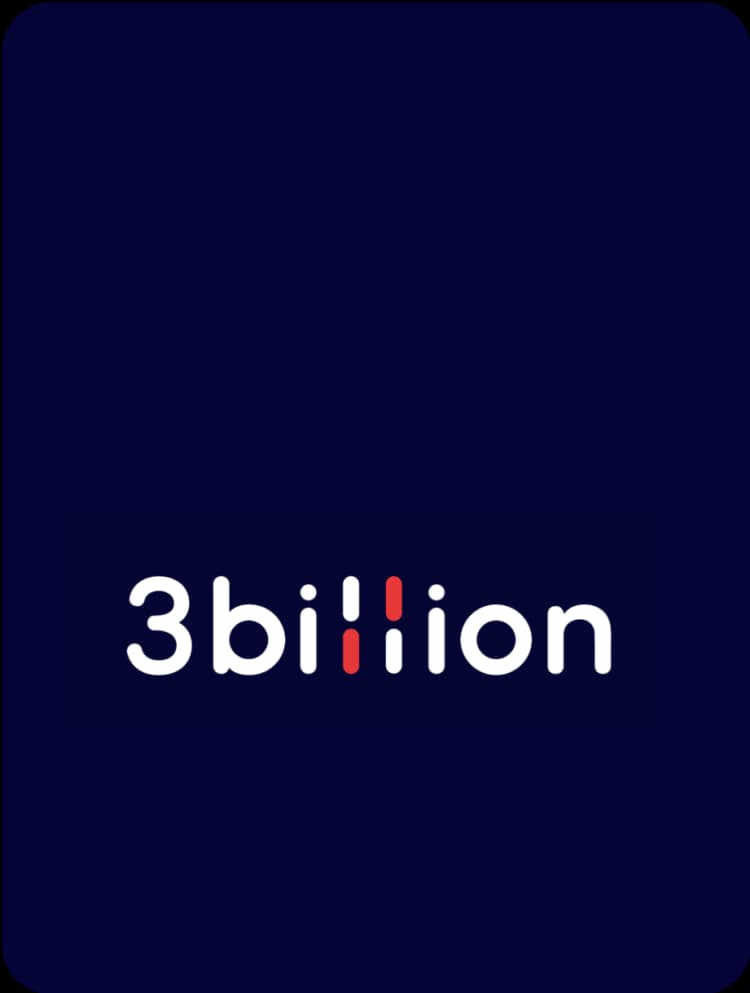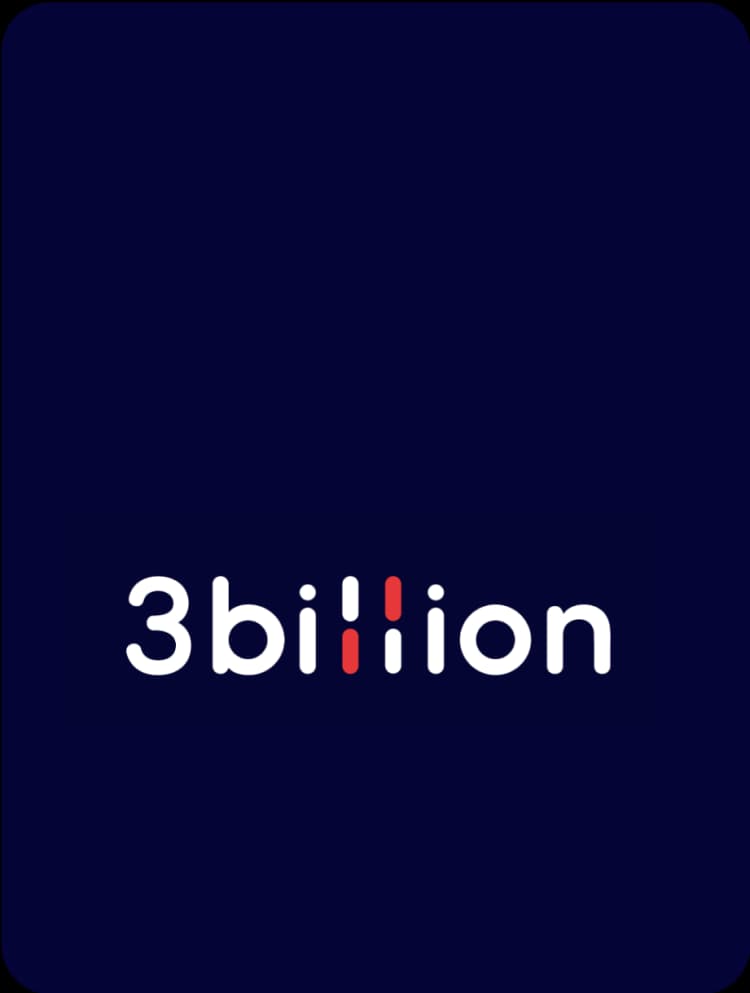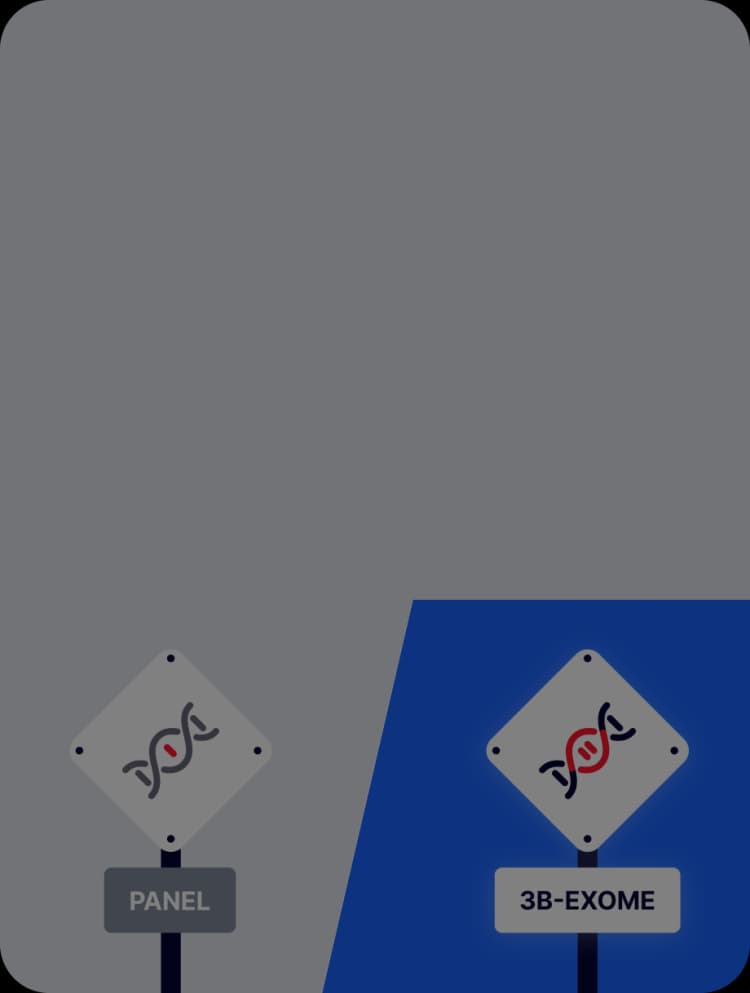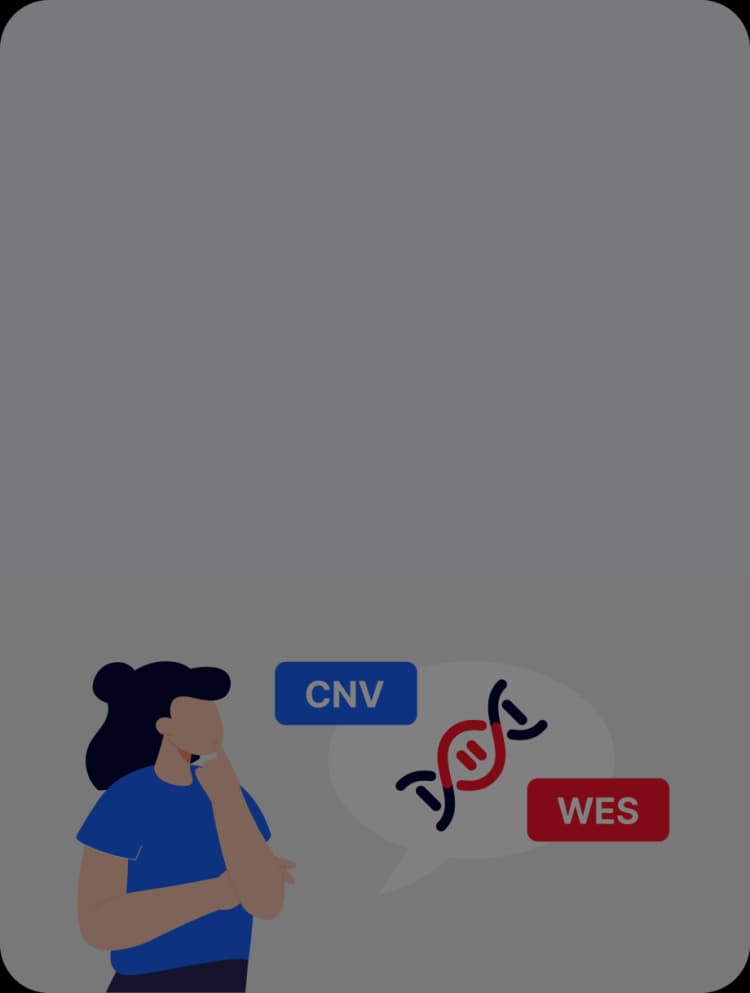Proband vs Trio WES: Which Genetic Test Offers Better Insights?
- Insights | 24. 08. 30

We’ll explore the differences between Proband WES and Trio WES, case studies showcasing each, and advice on which method may suit you best. Finally, we’ll look at the future of WE.
Proband WES
The proband is the individual initiating a genetic study of a family. Proband WES is effective for detecting recessive genetic variants and is less costly than Trio WES.
However, it may offer less diagnostic coverage, which can be a downside in certain cases.
Trio WES
Trio WES involves testing the proband and both parents, offering higher diagnostic accuracy and coverage.
It’s commonly used when parental genetic information is required and is often chosen for detecting de novo mutations.

Patients of Proband or Trio WES
Proband WES Case Studies
In 2019, proband-WES was used in a case study involving 33 patients with Autosomal Recessive Non-Syndromic Hearing Loss (ARNSHL), a highly heterogeneous condition accounting for 80% of non-syndromic hearing loss cases. The study found proband-WES to be both cost-effective and accurate, achieving a diagnostic rate of 48.5%. Although trio-WES rates were unspecified, proband-WES outperformed in this particular study. The findings underscore proband-WES’s precision in identifying causative genetic variants for rare conditions like hearing loss .
Another case study in 2019 involving 108 patients with rare neurodevelopmental diseases showed a 38% diagnostic rate using proband-WES. After identifying four additional pathogenic sequence variants, trio-WES was applied, increasing the diagnostic rate to 41.8%. While proband-WES was recognized for its cost-effectiveness, trio-WES proved more accurate in certain cases, though it is more costly. The study highlights the benefits of each method depending on diagnostic needs.
Trio WES Case Studies
In 2020, a 4-month-old female was diagnosed with schizencephaly through trio-WES, a rare genetic disorder causing cortical malformation and global developmental delays. The diagnosis was confirmed by identifying a heterozygous alteration in the EFNB1 gene, revealed through Sanger sequencing and alignment, which showed that both parents carried a wild type version of the gene. The comprehensive analysis through trio-WES was key in diagnosing this rare condition.
In 2017, a seven-year-old was referred for clinical evaluation and later diagnosed with Shaaf-Yang syndrome through trio-based WES. This marked the first identified case of a MAGEL2 gene mutation inherited from a mosaic father. The MAGEL2 mutation is related to circadian rhythm genes and is strongly associated with Prader-Willi syndrome and Shaaf-Yang syndrome. A mosaic condition means the presence of two or more genetically distinct cell groups in a person or tissue, further complicating the diagnosis.

Which WES test is right for you?
Below are some key points to consider when opening a dialogue with your physician about which test may be best suited for your situation.
Trio-based WES testing will always, objectively, have a wider scope of coverage.
The reason being is, it tests the proband (initial patient) as well as both parents, and often times a higher diagnostic rate results from the additional range.
Is Proband WES right for you?
- Elected methodology by physicians if there is strong inference of genetic etiology where parent samples are not needed[1]
- Also used when parents are deceased or absent
- Less coverage than trio-WES for diagnosing genetic rare diseases
Is Trio WES right for you?
- Highly applicable for detecting de novo variants[6]
- Elected methodology by physicians if there is strong inference of genetic etiology where parent samples are needed[1]
- Higher diagnostic rates than proband-WES
- Wider scope is implied, given that it tests both parents
- Applicable for rare causative heterozygous dominant variant detection[2]
- Applicable when wanting to determine pathogenicity of variants[6]
The Future of WES
The future of Whole-Exome Sequencing (WES) looks promising with advancements like the coupling of Copy Number Variation Sequencing (CNVseq) with Trio WES (Tri-CNVseq), significantly improving diagnostic yields. For instance, Tri-CNVseq shows a yield of 57.4%, compared to 44.4% for standard Trio WES. Previous studies without CNVseq integration reported yields of 42% and 38.7%.
As technology advances, both Proband WES and Trio WES are becoming more affordable and impactful, especially for diagnosing rare genetic diseases. Applications continue to expand, including exome transferability and health trait discovery.

References
- Baylor Genetics – Proband Whole Exome Sequencing
- Utility of trio-based exome sequencing
- Baylor Genetics – Trio Whole Exome Sequencing
- Proband-Only Clinical Exome Sequencing for Neurodevelopmental Disabilities
- Trio Exome Analysis
- Proband Whole-Exome Sequencing Identified Genes …
- Trio-Based Whole-Exome Sequencing Identifies a De novo EFNB1 Mutation
- Pitfalls of trio-based exome sequencing
- MAGEL2 mutation
- Diagnostic Yields of Trio-WES Accompanied by CNVseq for Rare Neurodevelopmental Disorders
- Exome sequencing has higher diagnostic yield compared to simulated disease-specific panels …
- Whole-exome sequencing helps the diagnosis and treatment in children with neurodevelopmental delay
- Exome Sequencing in Today’s Lab
- Exome Sequencing: Current and Future Perspectives
- Clinical Exome Sequencing for Genetic Identification of Rare Mendelian Disorders
- Whole-exome sequencing in undiagnosed genetic diseases
Do you find this post helpful?
Click the button below to copy and share the link.

Sree Ramya Gunukula
Marketing Leader with experience in the pharma and healthcare sectors, specializing in digital health, genetic testing, and rare disease diagnostics.







